It was half term. Sue was on holiday from school for a week so we went down south to the South Downs for a weekend. I don’t get a half term break otherwise we might have stayed longer. But it was perfect. Blue skies and a chance to breathe some clear Sussex air.
We booked in at The Bull in Ditchling, a pub we discovered last time we were here when we walked to Ditchling Beacon, but this time we ventured further afield and started out from Alfriston.
The Clergy House at Alfriston is a medieval thatched Wealden hall-house.
It was the first building to be saved by the National Trust.
Its picturesque cottage garden borders the River Cuckmere.
Alfriston Clergy House was originally built around 1350. By 1885 it had fallen into such a dilapidated state that the Ecclesiastical Commissioners, who were then its owners, agreed that the building could be demolished. However, the occupant Harriet Coates, who had been born and spent her life there, pleaded with the vicar to be allowed to end her days at the Clergy House. The demolition was deferred and she continued to live in the house until her death in 1888.
In 1896 the house was sold to the National Trust for the nominal fee of £10. It was subsequently restored but the hollow tree beside it, where Miss Coates kept her chickens, sadly failed to survive.
This little carving is said to be the reason why the National Trust adopted the oak leaf as its symbol.
The floor of the hall is made of compacted chalk set hard with sour milk, an early form of concrete.
The Clergy House from St Andrew’s churchyard.
We walked over The Tye and cut through to the High Street,
then up Star Lane following King’s Ride to the South Downs Way.
Ruby beads of bryony, draped like a hedgerow necklace.
A cloud of traveller’s joy, also called old man’s beard.
Ahead of us three paragliders crested the horizon.
Behind us the River Cuckmere snaked its way to the sea.
The sky above was now thick with paragliders, like a swarm of fermatas, holding on to the breeze.
A fermata [ferˈmaːta] usually represented as a dot with a semi-circle above it (also known as a hold, pause, colloquially a birdseye when placed on a note or a rest) is a symbol of musical notation indicating that the note should be prolonged beyond its normal duration. When a fermata is placed over a bar or double-bar, it indicates the point at which the soloist is to play a cadenza.
The chalk downs are littered with flints. Sometimes they congregate in fairy rings.
The local residents wanted to check our credentials. Did you bring apples?
The views from up here are glorious and expansive, and the descent is euphoric.
Look closely to see the seed heads dispersing tiny paragliders.
The byway sign points to the sky and the warning triangle declares Danger of Death.
We joined the lane and followed it to the village of Berwick
where an arrow directed us to the church of St Michael & All Angels.
As we approached we passed a magical spindle tree. For most of the year these inconspicuous trees go overlooked, until the autumn when the capsular fruit ripens to a fluorescent pink and the four lobes open to reveal bright orange seeds.
The interior of the church is similarly surprising. It’s walls are covered with murals painted during WW2 by Bloomsbury Group artists. Above the chancel arch sits Christ In Glory by Duncan Grant.
Duncan Grant was the lead artist for the murals and put forward the initial proposals. He moved with Vanessa Bell (sister of Virginia Woolf) to Charleston Farmhouse, at the foot of the Downs, three miles to the west, in 1916. His work is influenced by his travels in Italy where, with Vanessa Bell he had seen the mosaics at Ravenna and copied the frescoes of Piero della Francesca at Arezzo.
The Victory of Calvary, on the wall above the church organ, and illustrations on the chancel screen to a text from Genesis – As long as the earth endures, seedtime and harvest, cold and heat, summer and winter, day and night will never cease – were also painted by Duncan Grant.
Originally the three central panels of the pulpit portrayed the Saints Gabriel, Raphael and Michael painted by Vanessa Bell. They were vandalised in 1962 and the panels repainted after her death by Duncan Grant to designs by Angelica Bell. The surviving narrow left-hand panel is by Vanessa Bell, and the far-right panel is thought to be by Angelica Bell.
On the north wall of the nave, The Nativity by Vanessa Bell.
On the south wall of the nave, The Annunciation by Vanessa Bell.
We left the church and headed across the fields to the Cricketers Arms, a delightful pub selling cask ales direct from barrels hidden away in a room behind the bar. I don’t think it was because of the beer, but from here on the directions we’d been following became a bit shaky. We missed the path over the fields to Alfriston and found ourselves walking back beside the main road along the Cuckmere Valley.
We arrived back in Alfriston at the Star Inn, by Star Lane where we’d set out. It would probably have been sensible to go inside, or perhaps visit one of the many local teashops. But instead we decided to go for afternoon tea further up the Cuckmere Valley at Michelham Priory.
The gatehouse stands on a bridge over the River Cuckmere, which is here diverted to form a great moat around the house and grounds. It’s a wonderful and fascinating place but probably not best visited an hour before closing time. We got to the teashop with half an hour to spare.
The moat encircles a site steeped in history dating back to 1229, from its foundation by Augustinian canons, through the destruction caused by the dissolution of the monasteries in Tudor times and into its later life as a country house. On this picturesque island you will find the magnificent Tudor mansion, impressive 14th-century gatehouse, a working watermill and forge, Bronze Age roundhouse, Elizabethan Great Barn, Dovecote shop, cafe and playground.
There are fine examples of ancient oak furniture in almost every room.
Through the triangular window, medieval archers on the south lawn.
The Wilmington Yew: Dr William Heneage Legge
I was reminded that the Sussex Archaeological Society, who are responsible for Michelham Priory, also look after another magnificent site, which we visited last year – The Long Man of Wilmington.
Michelham Priory is a fabulous place, but if you’re hoping for tea, make sure you get here early!
Alfriston Clergy House / St Michael & All Angels, Berwick / Michelham Priory



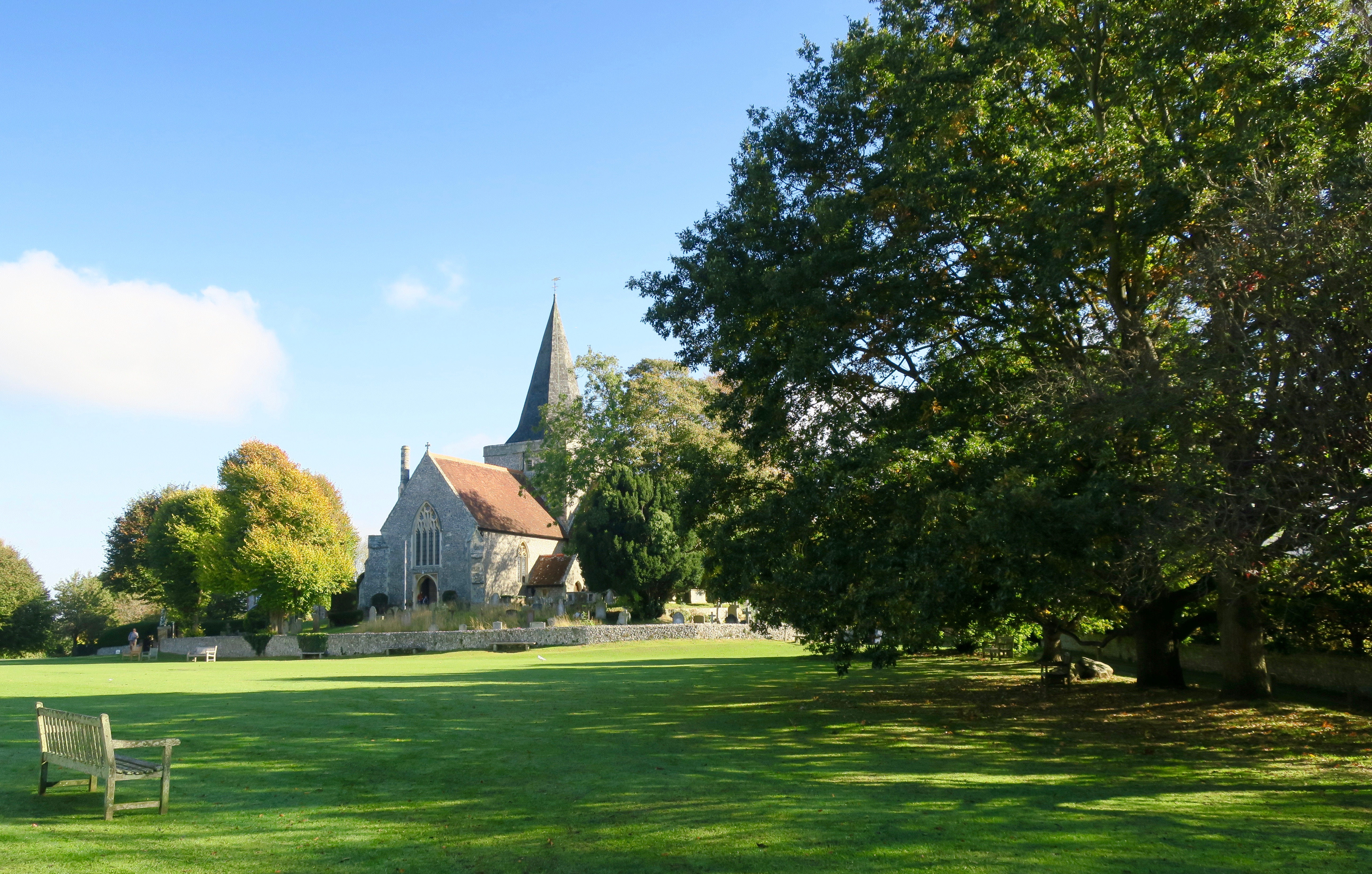

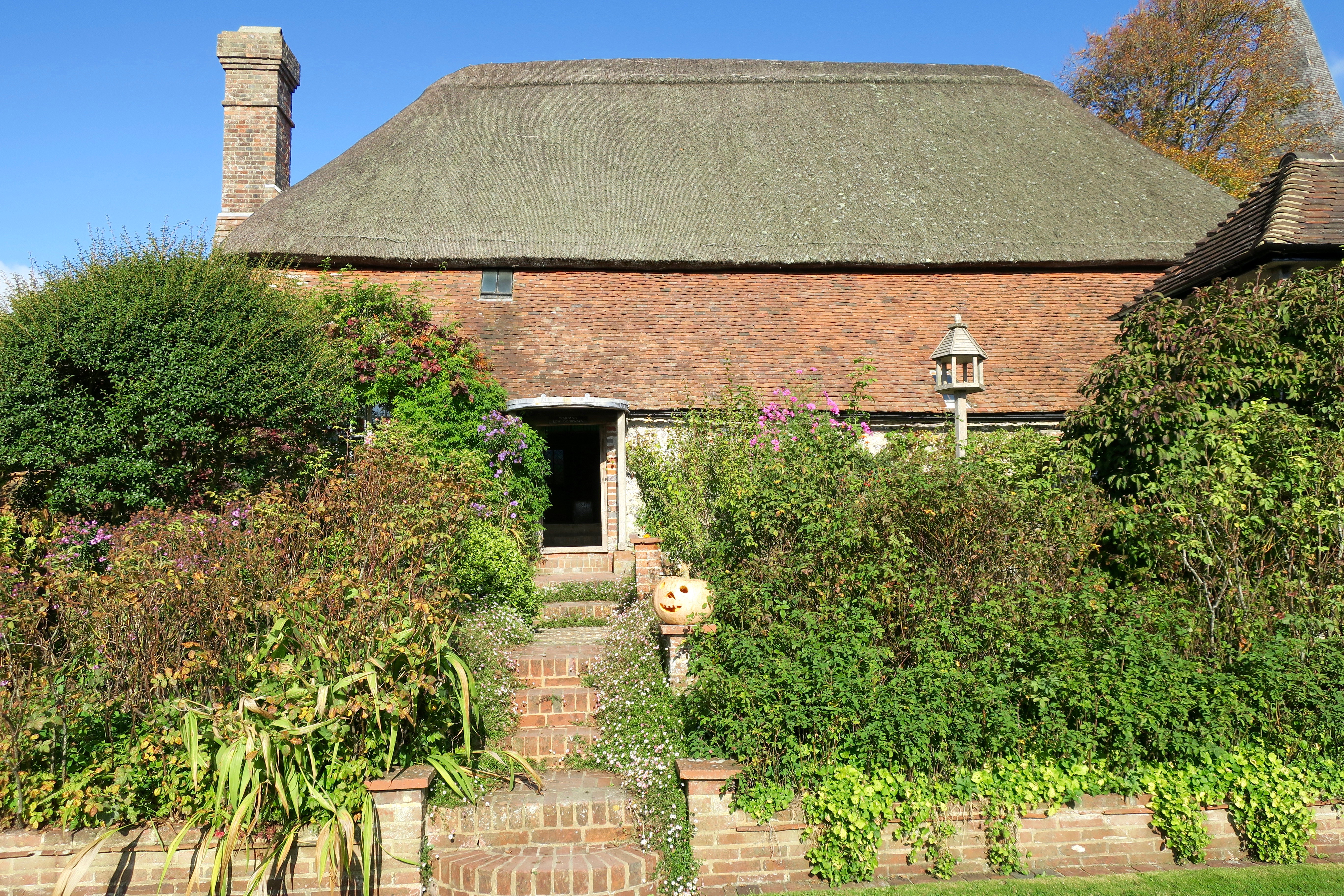

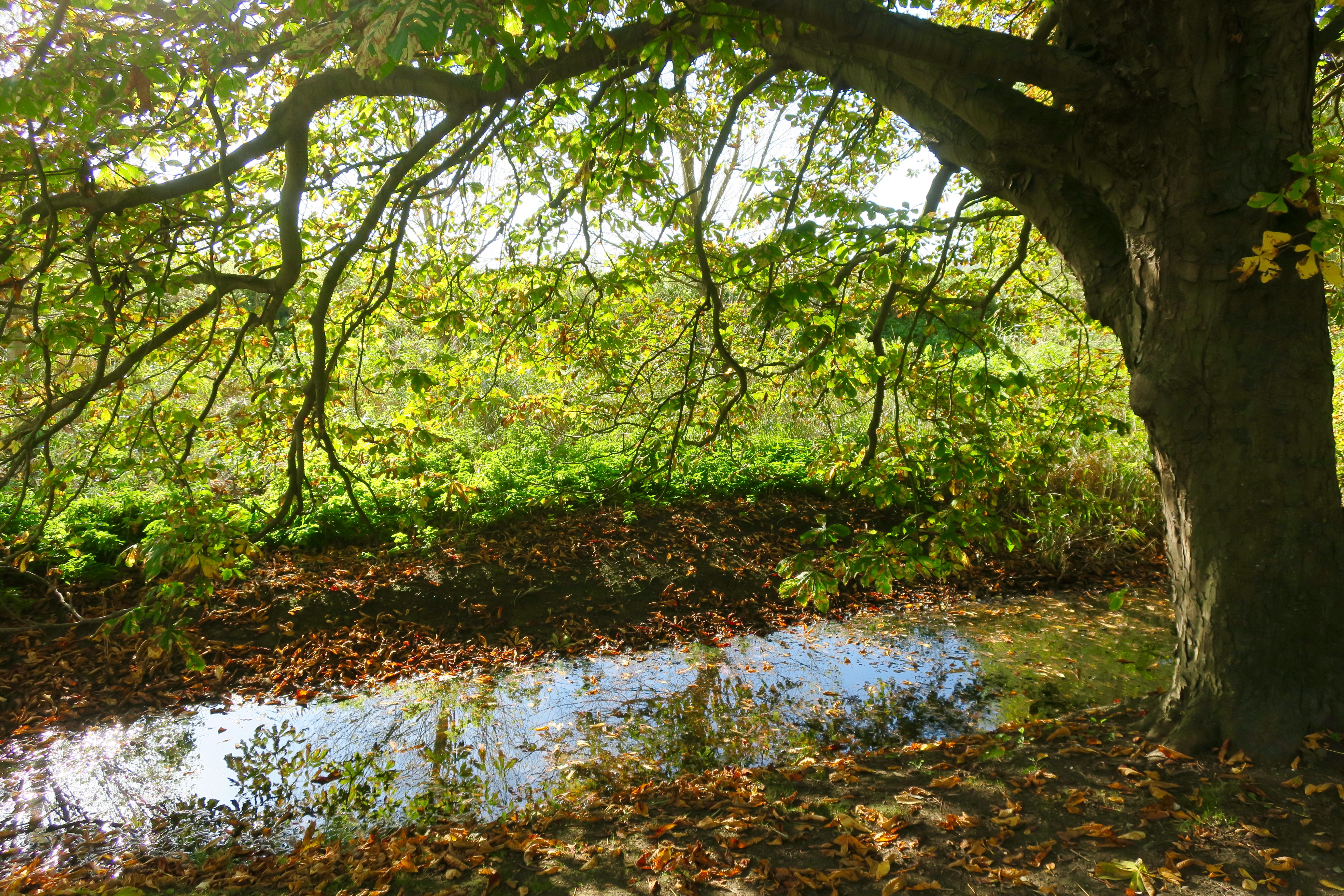









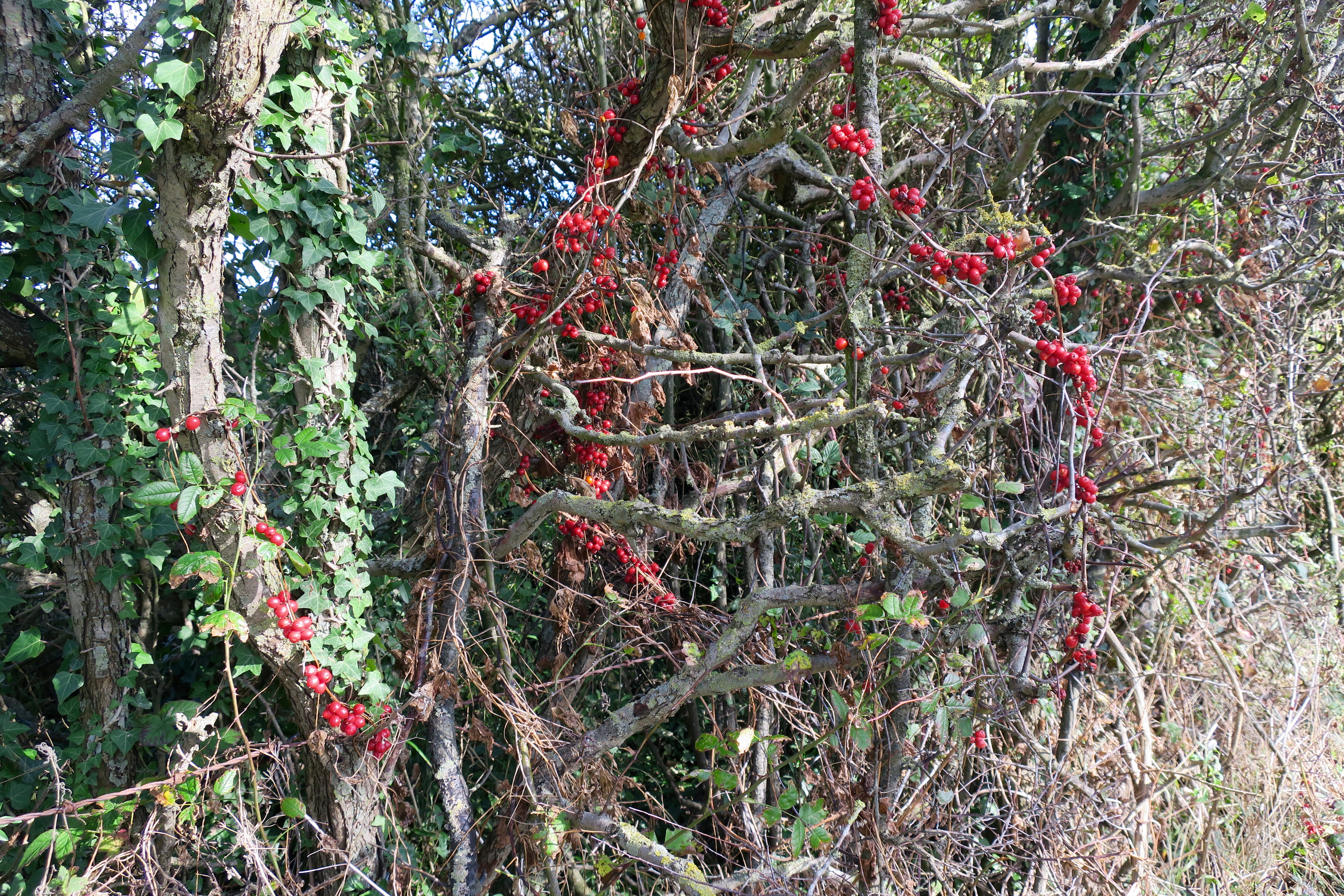
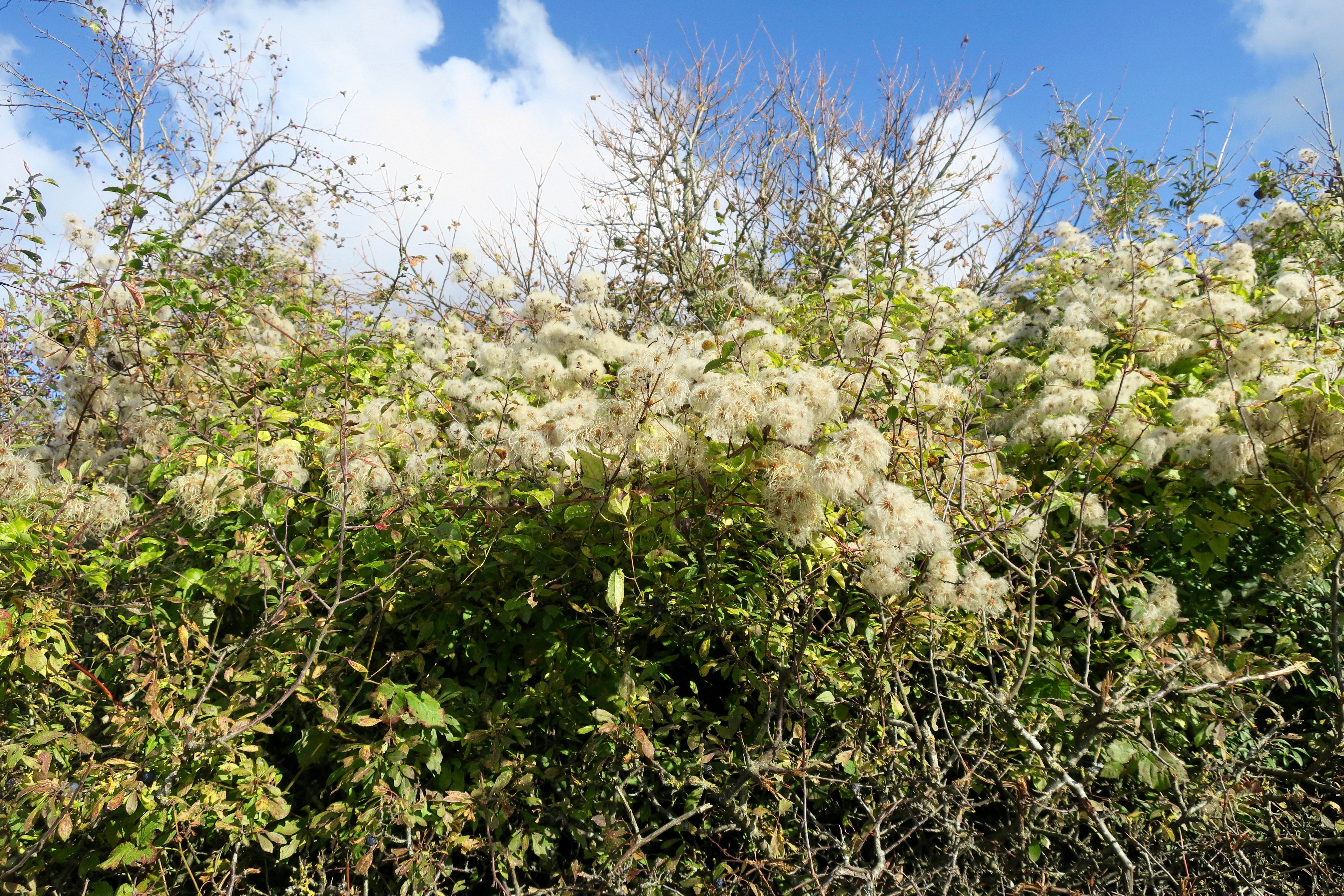




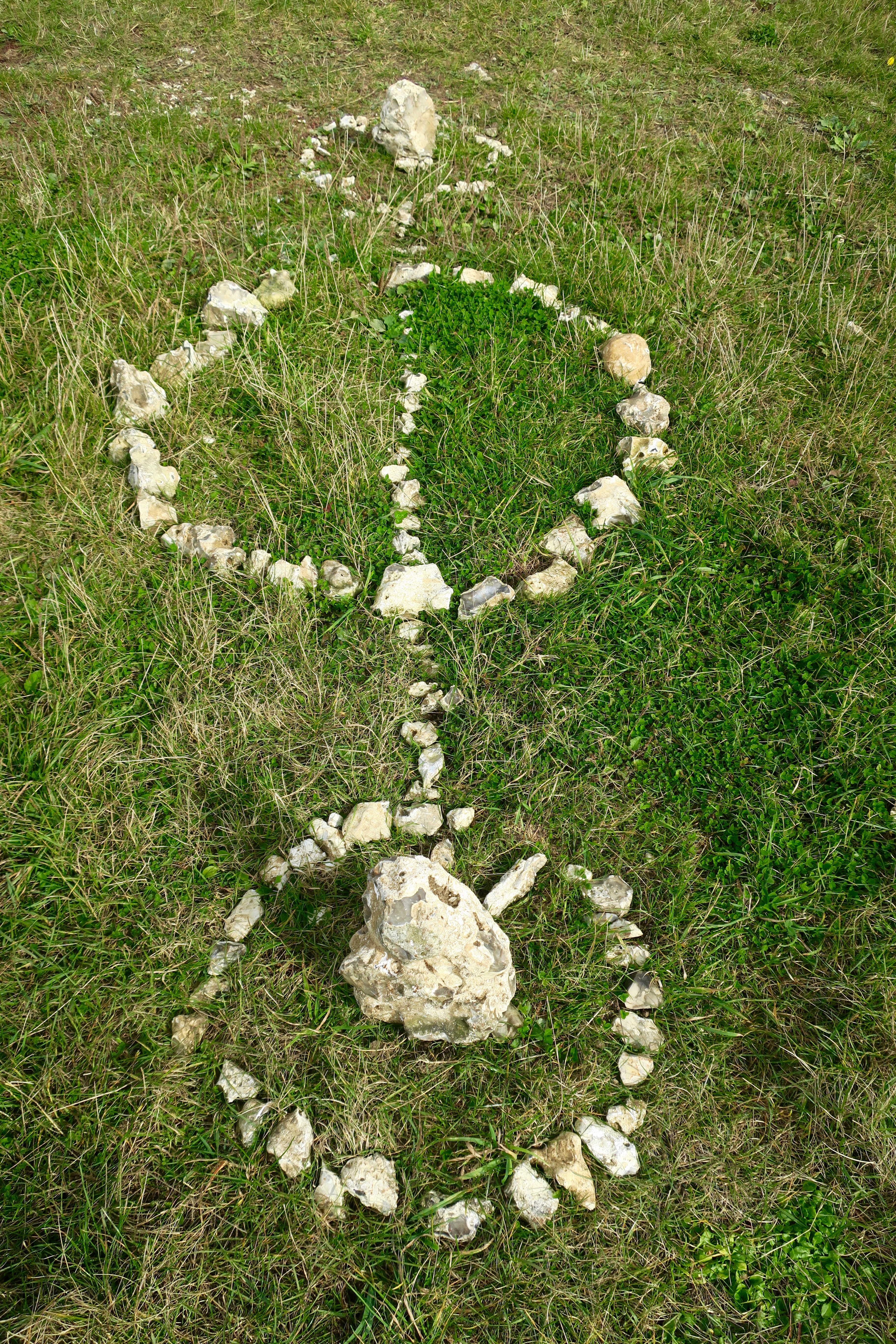
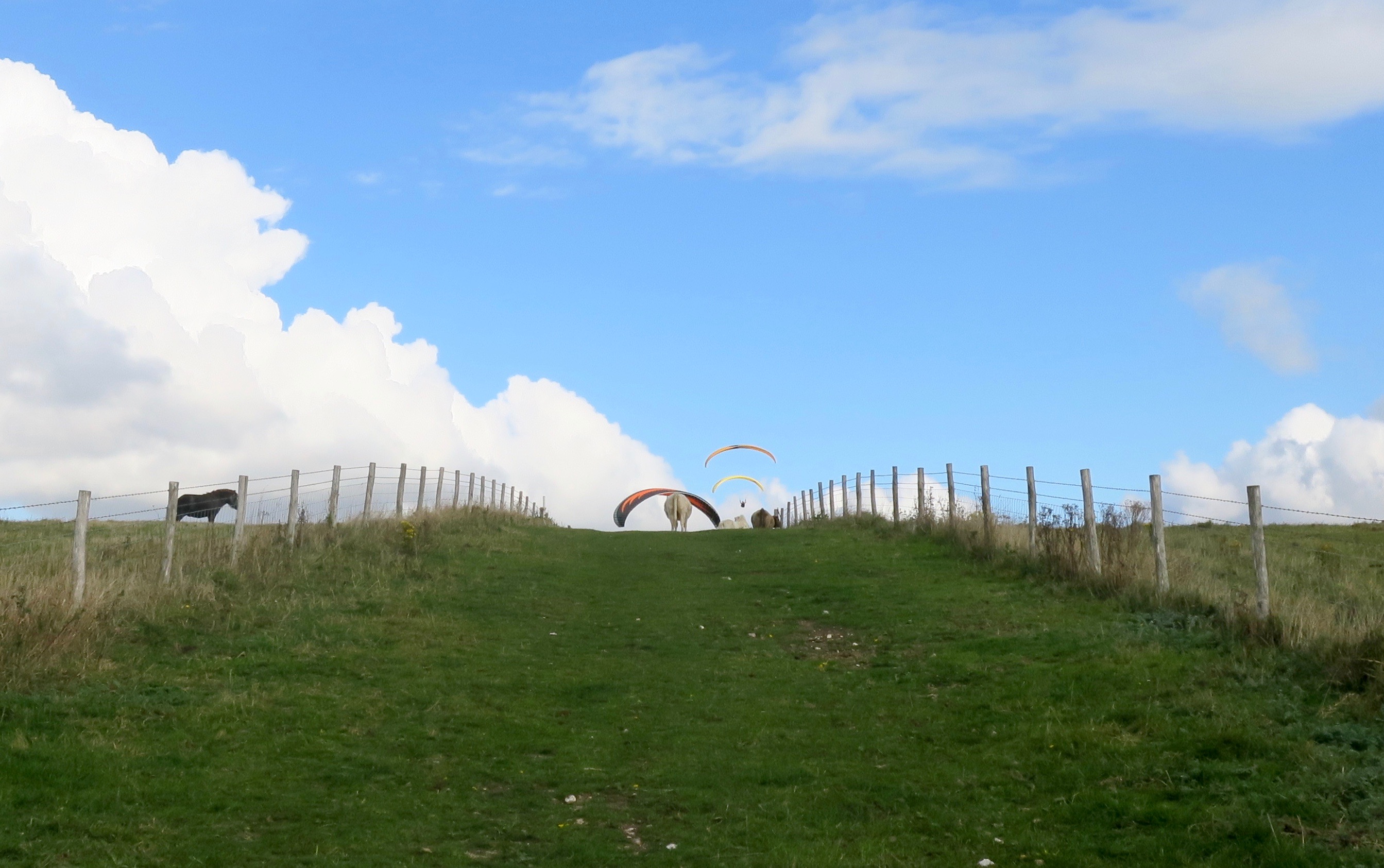
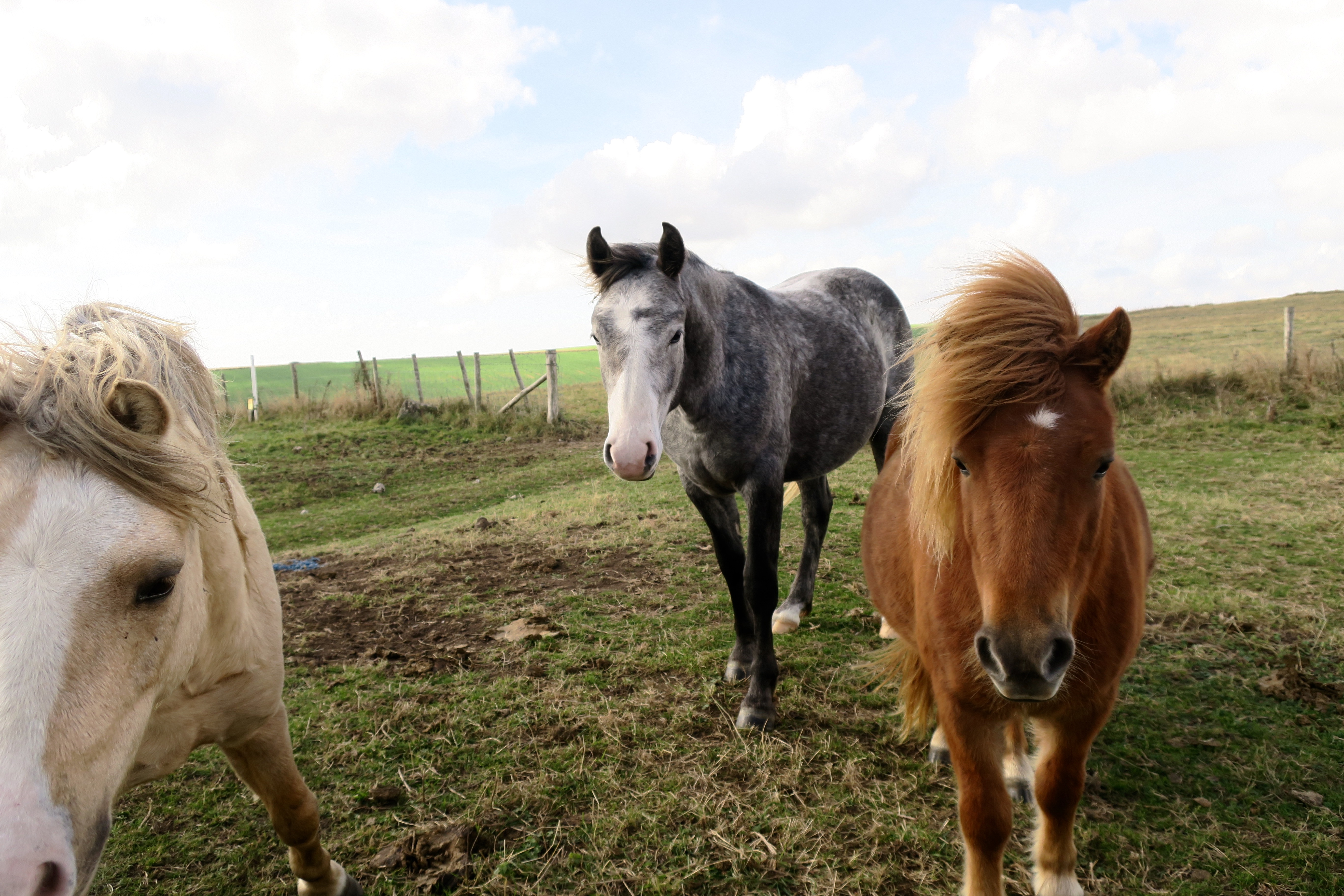

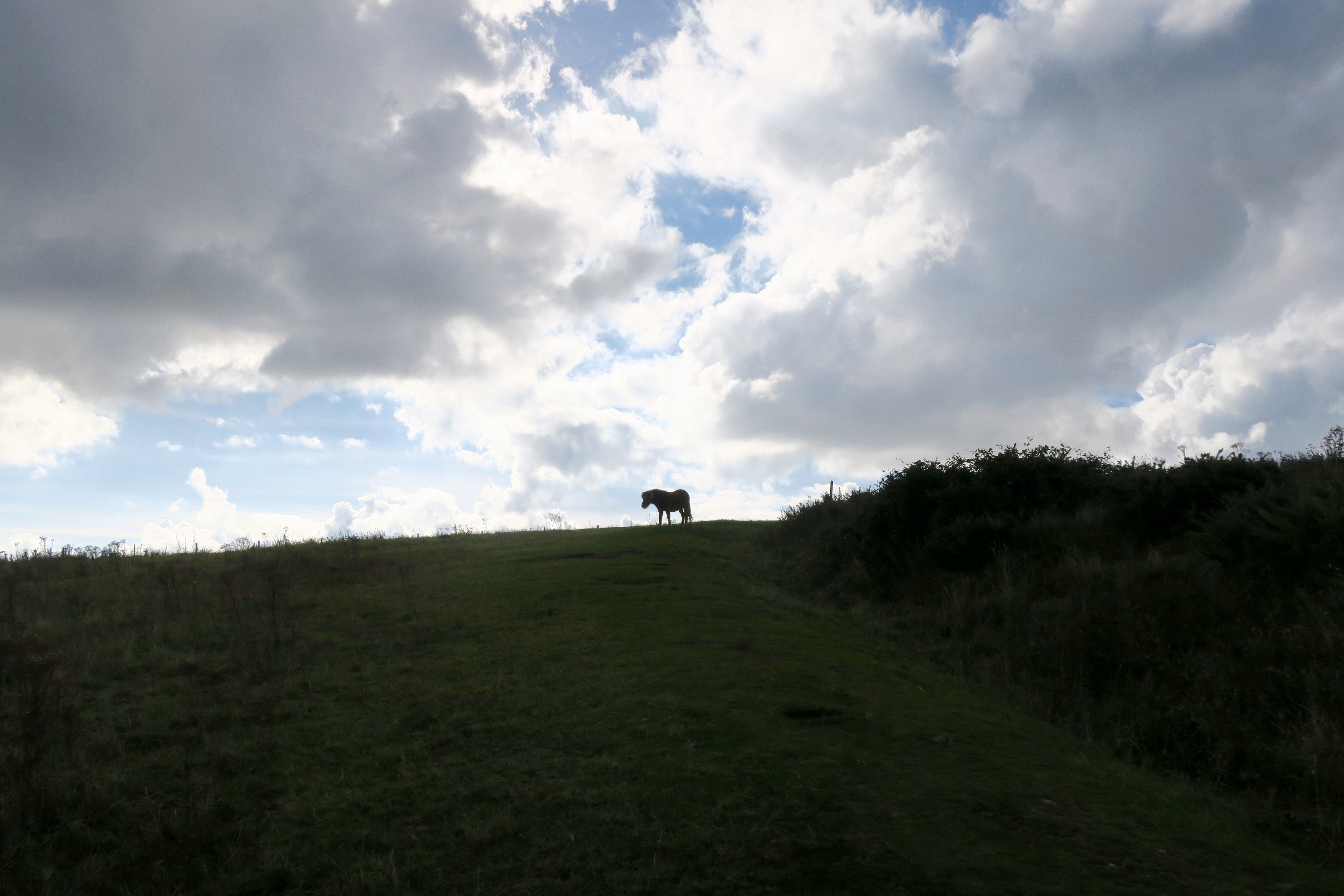

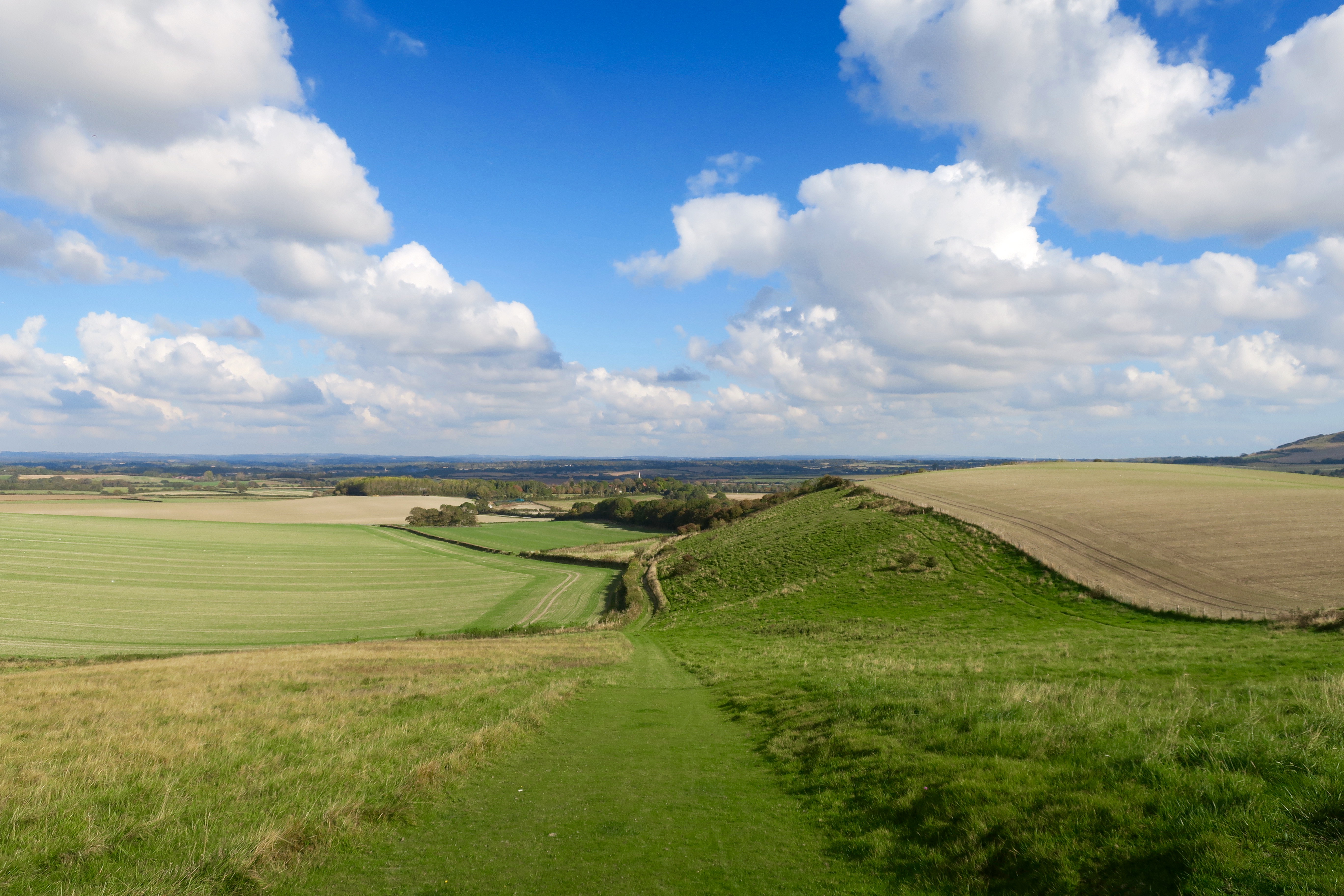






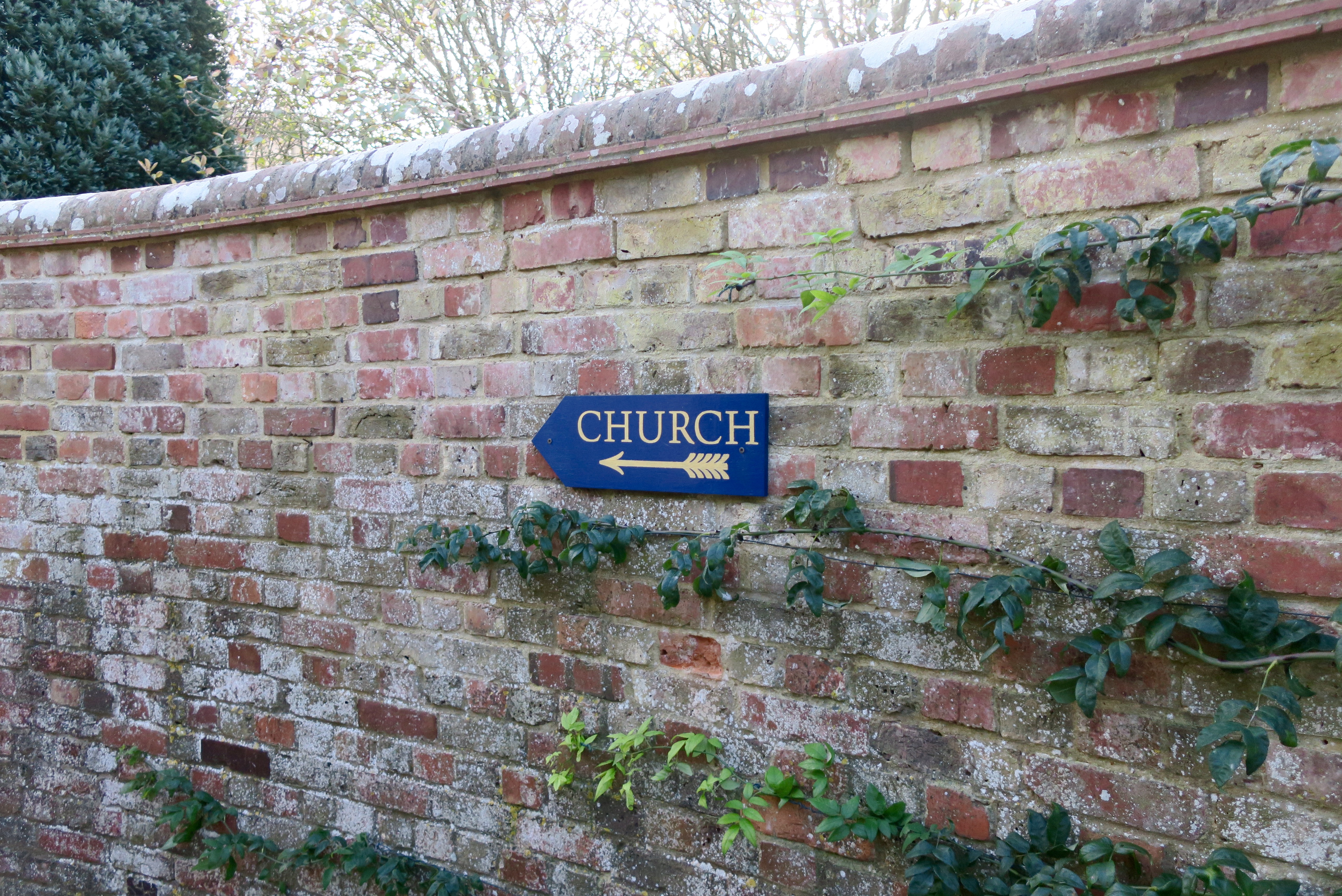
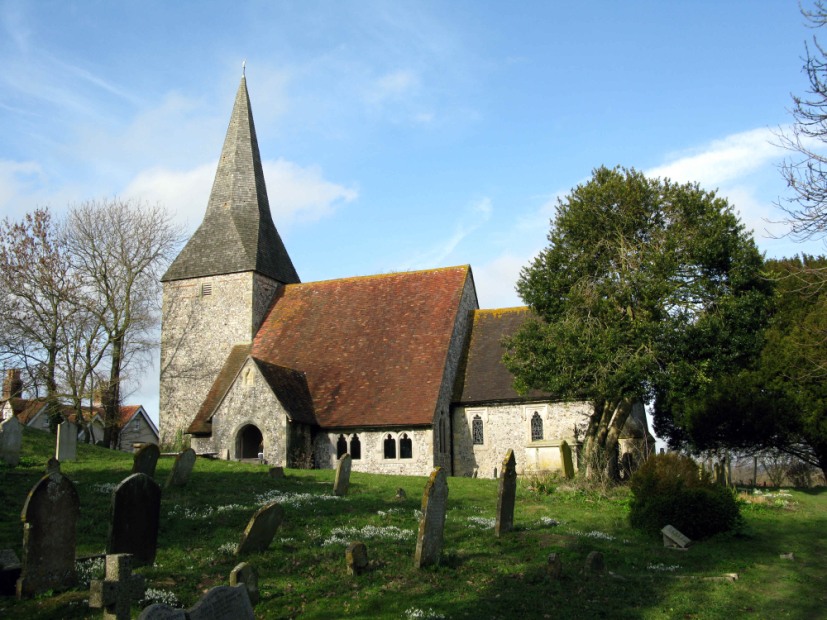
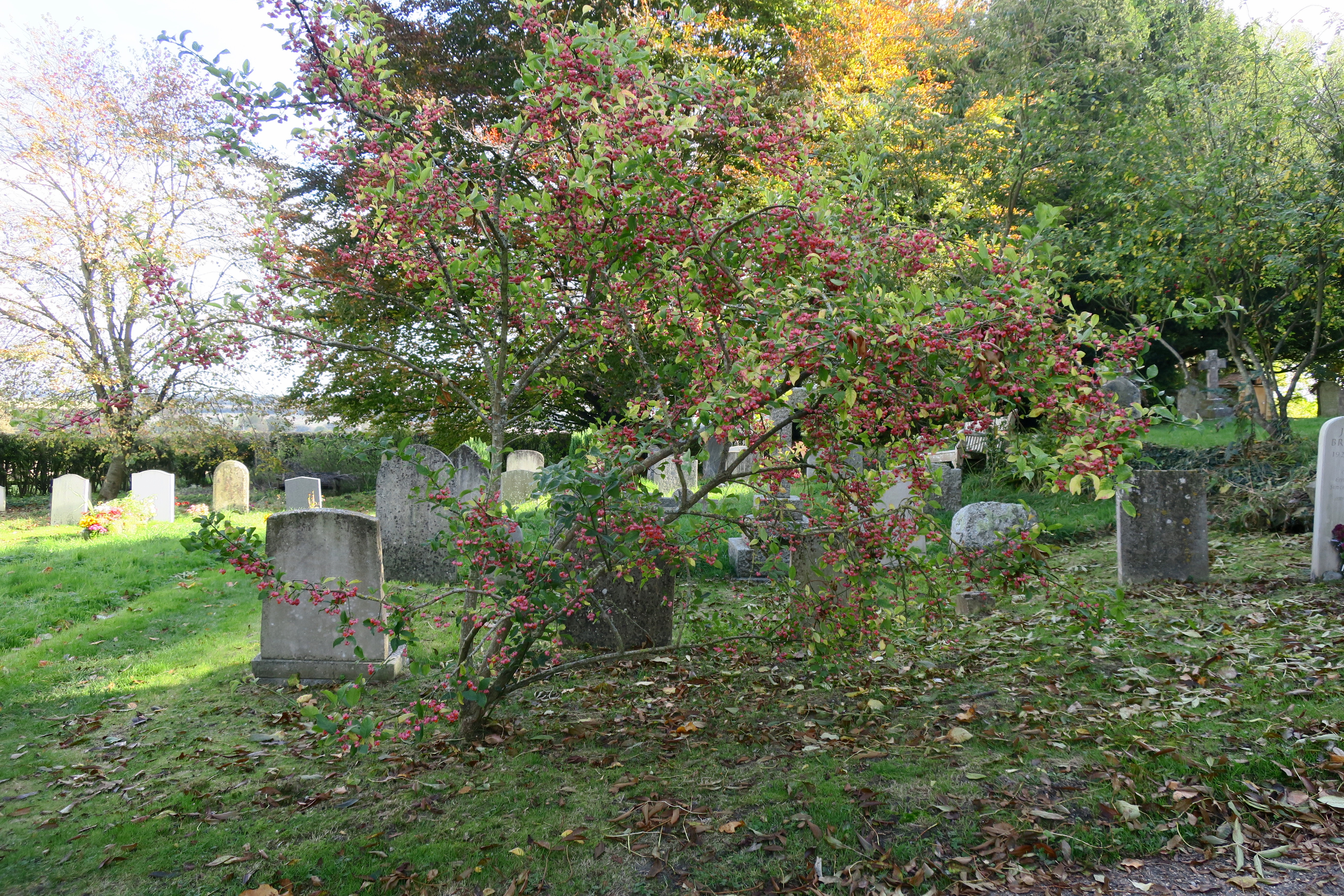

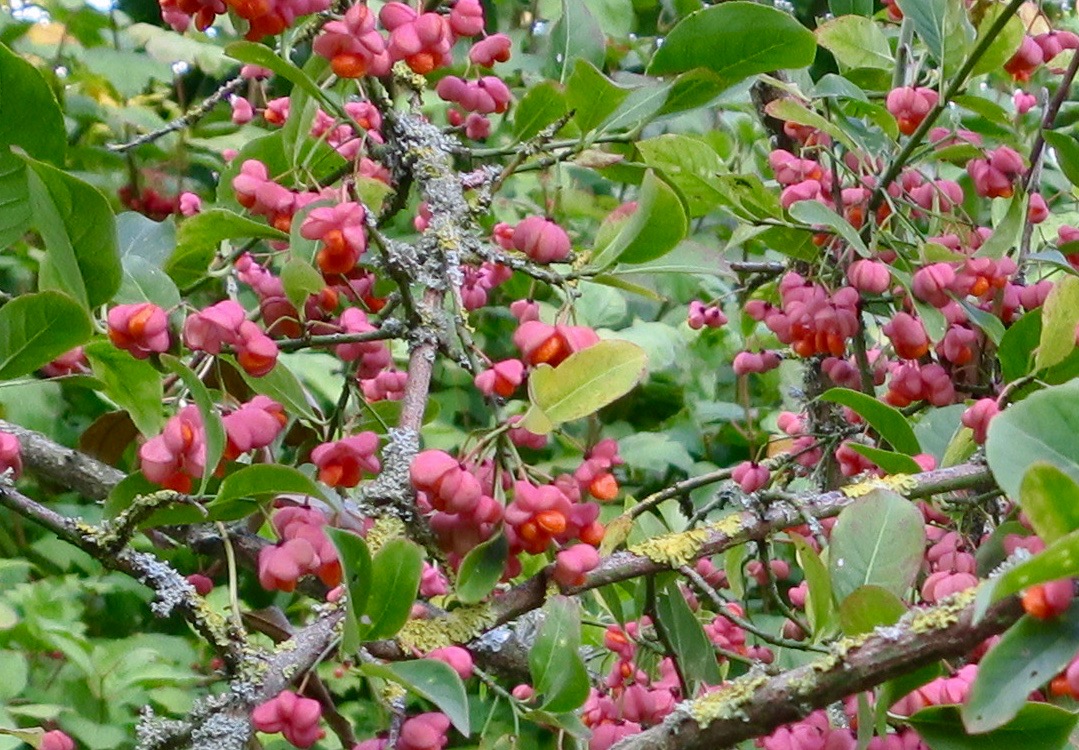
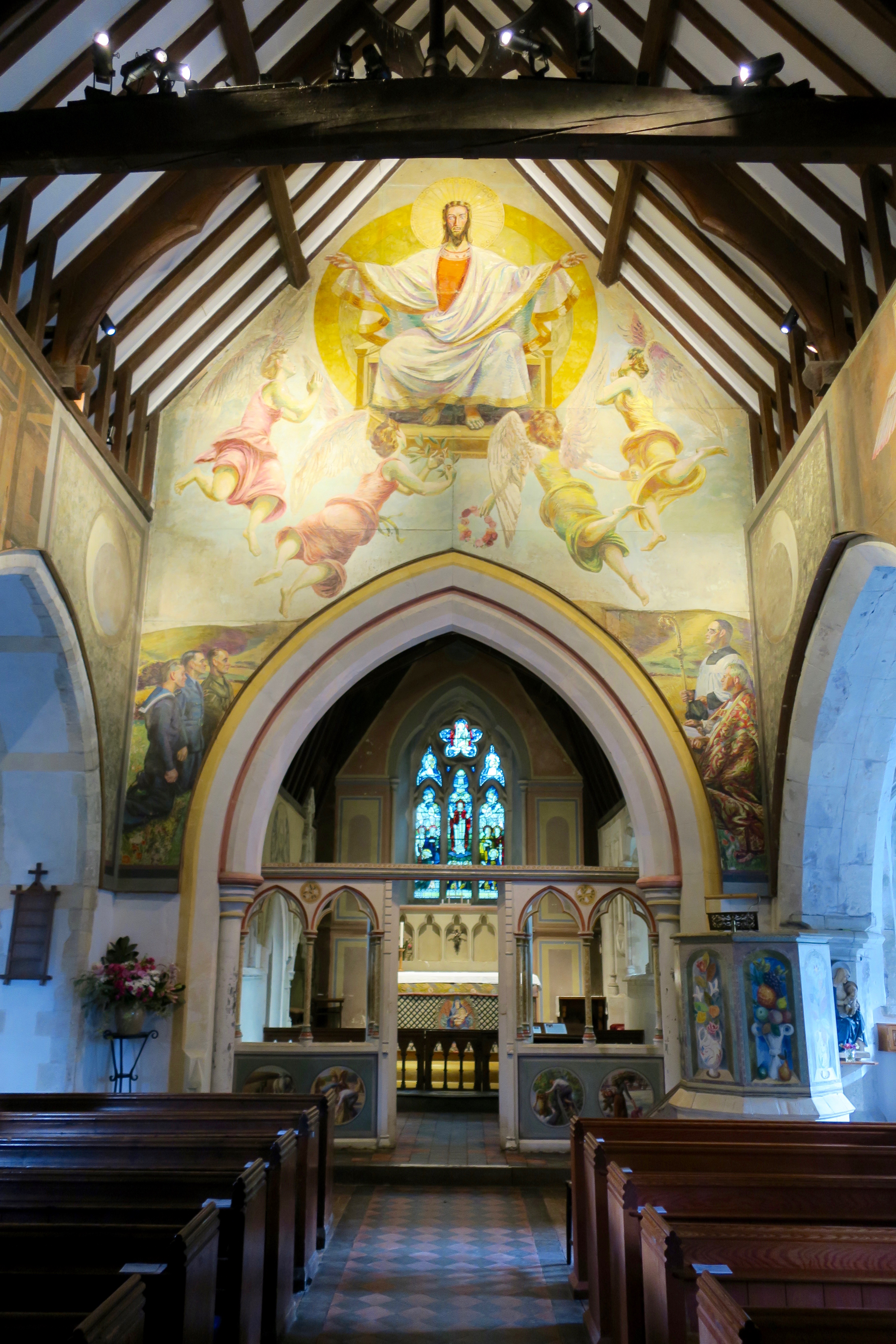
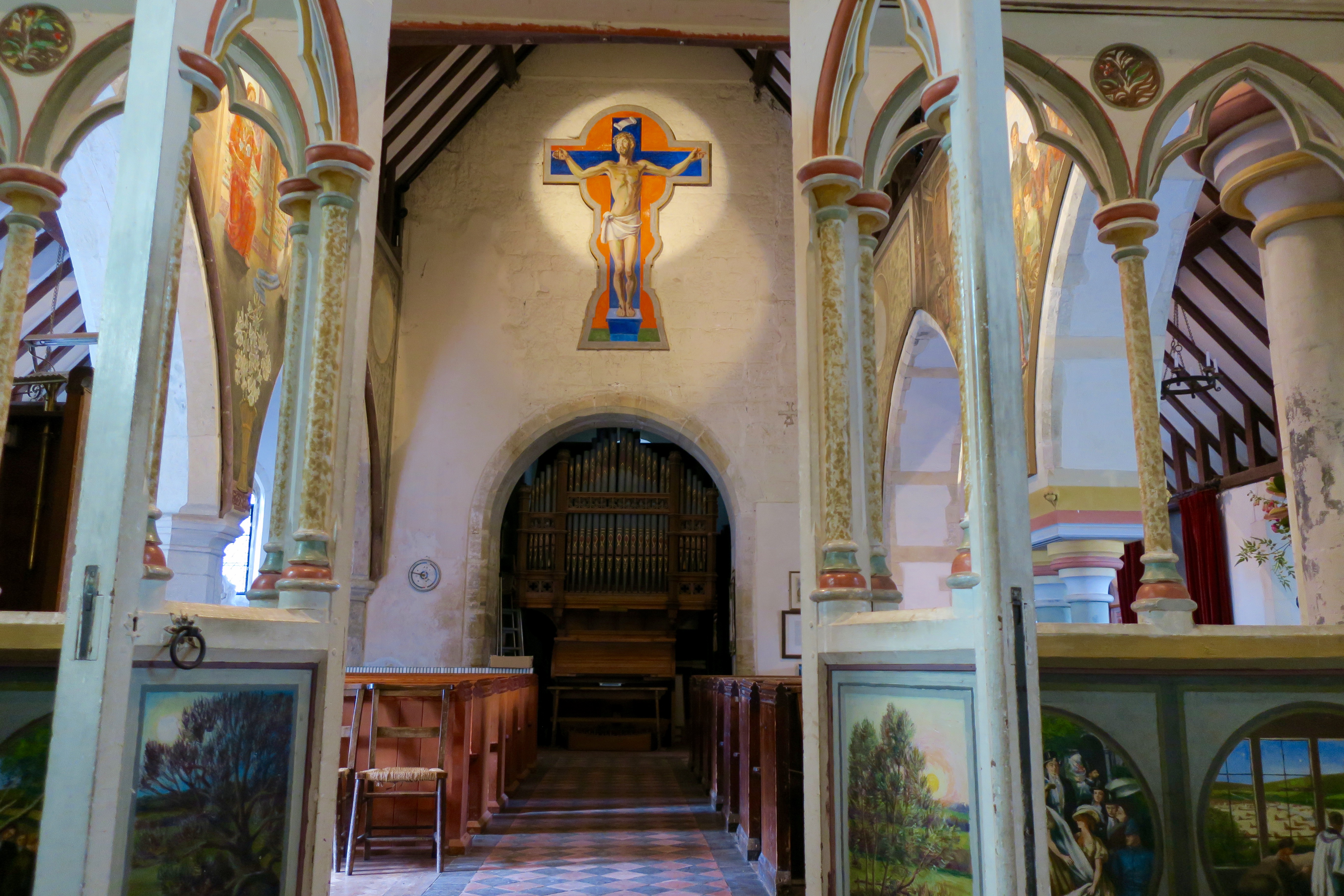
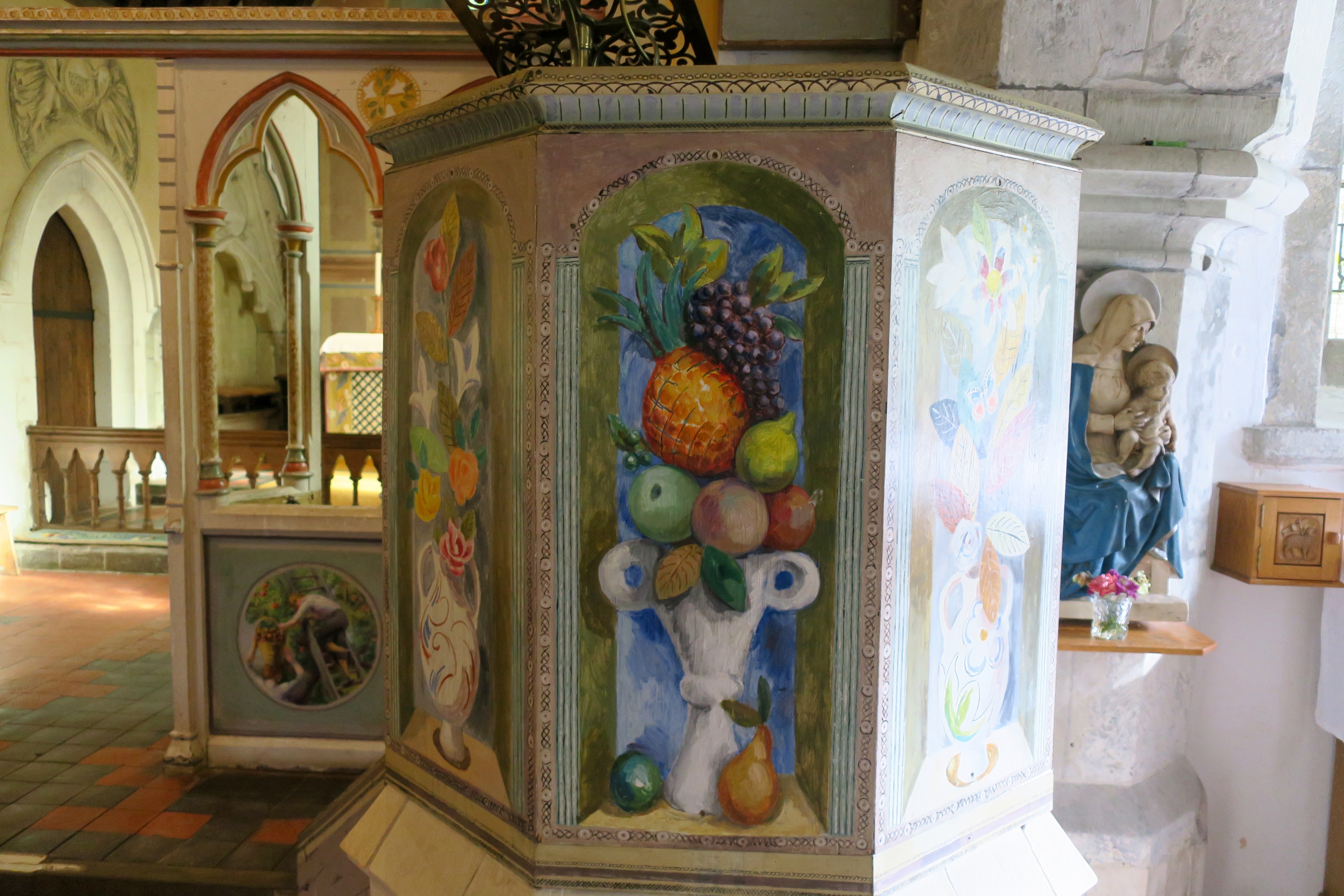



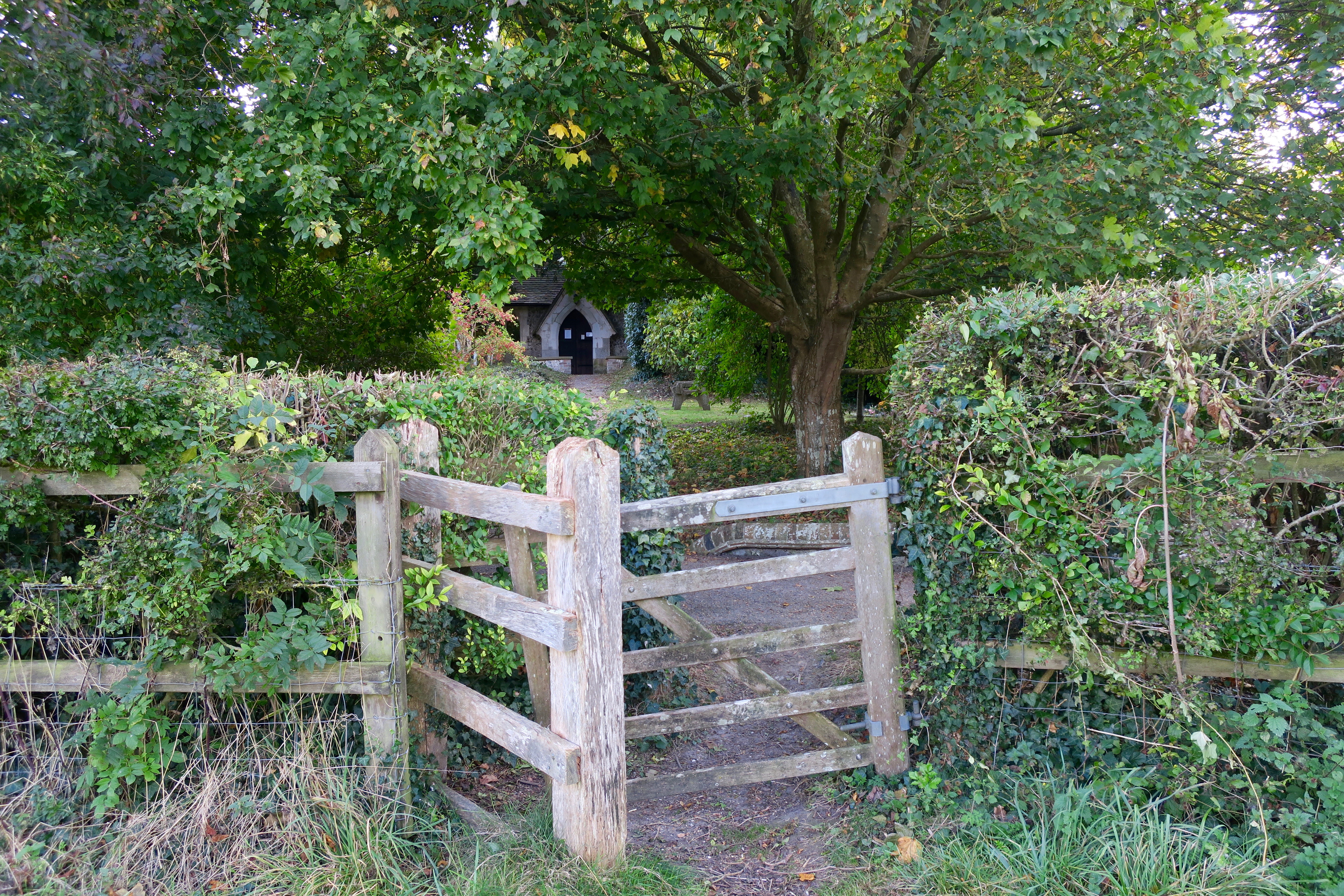


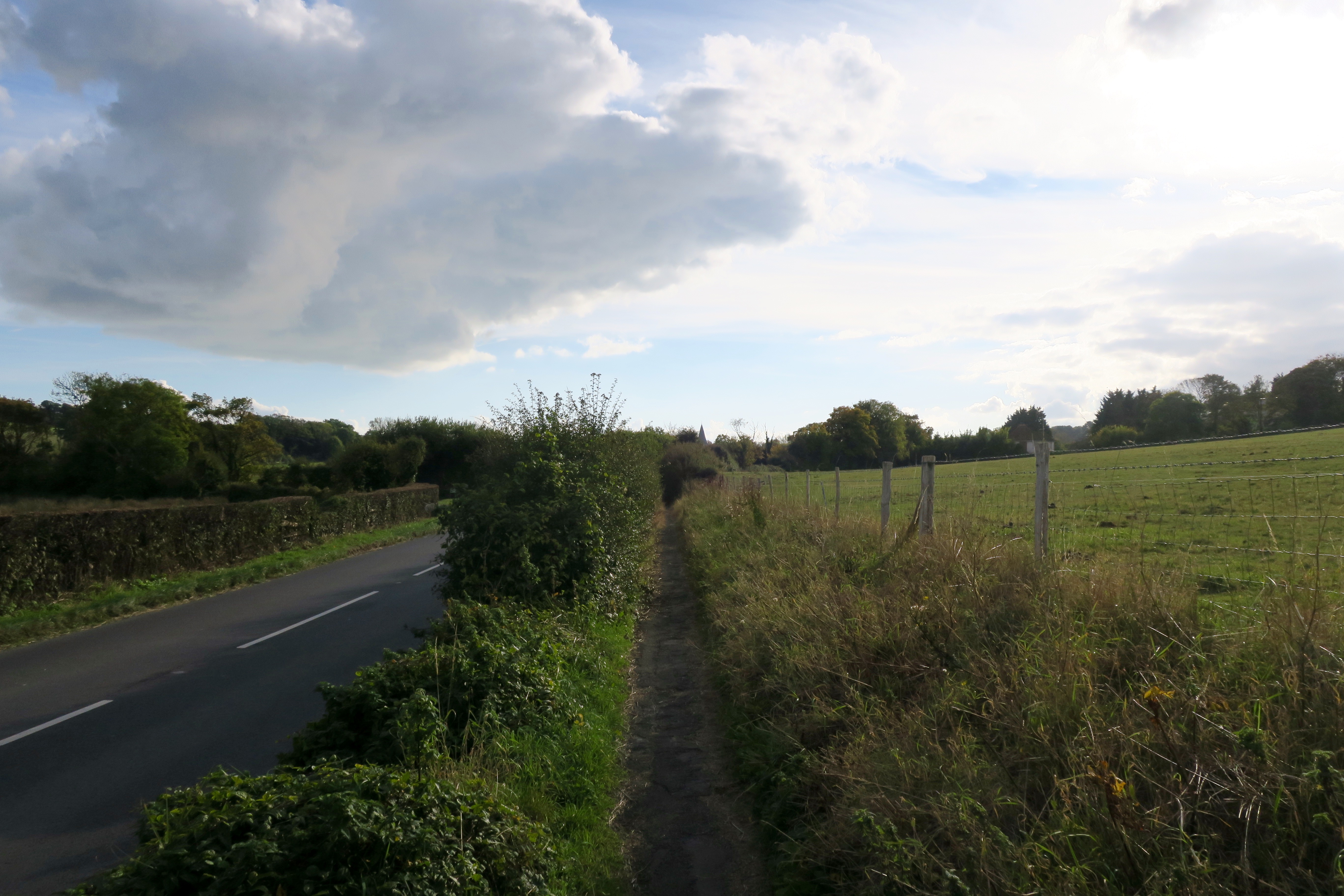


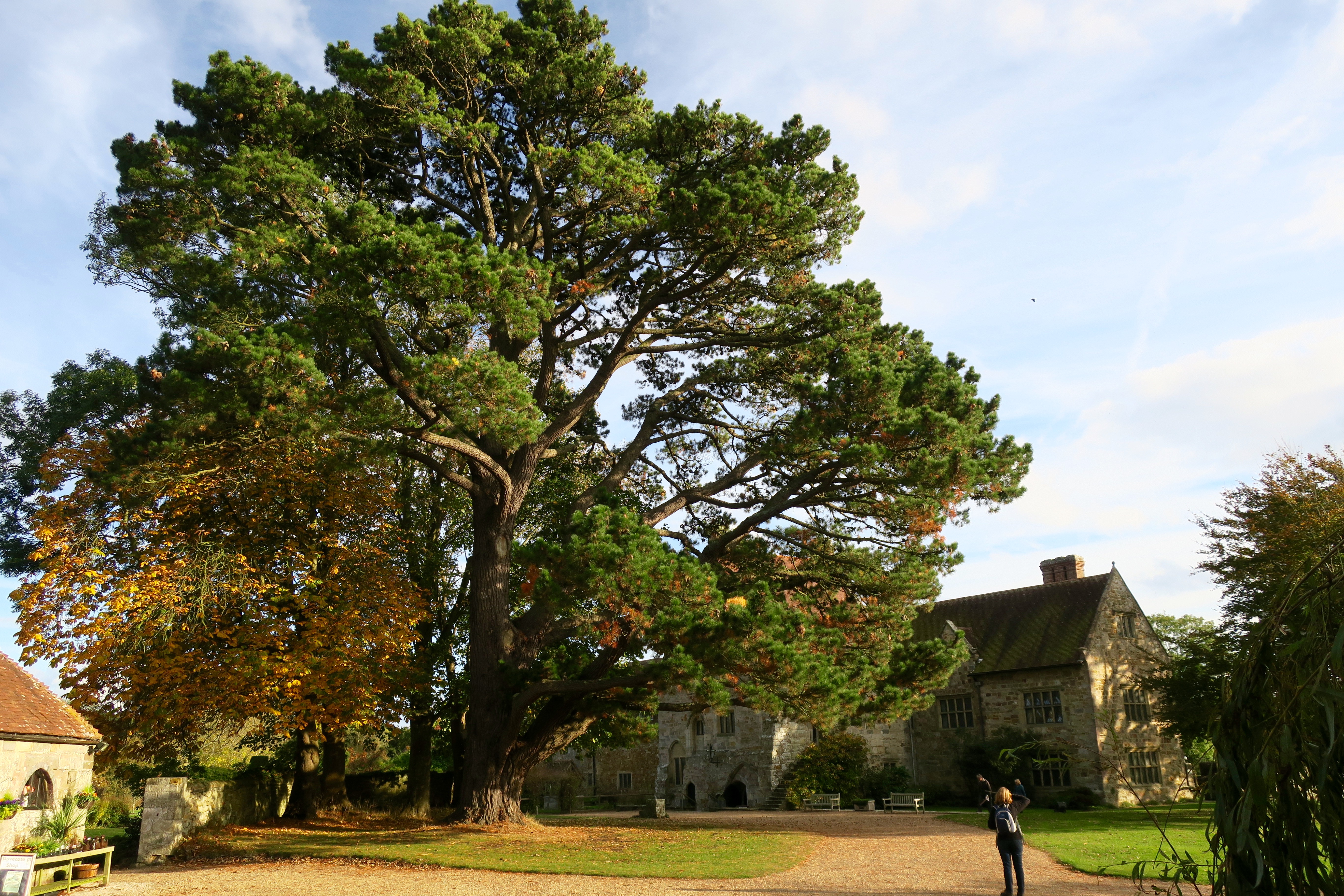
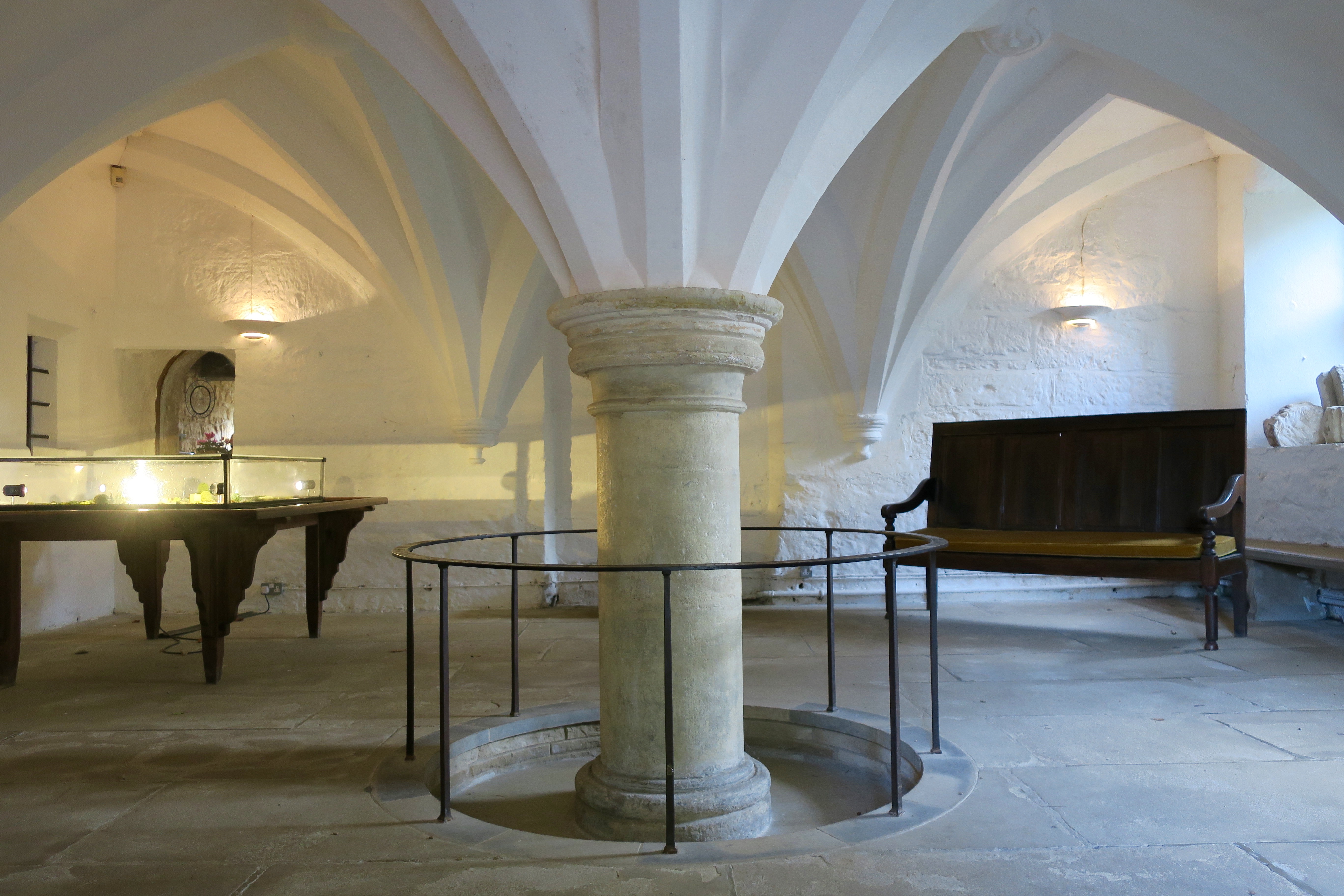



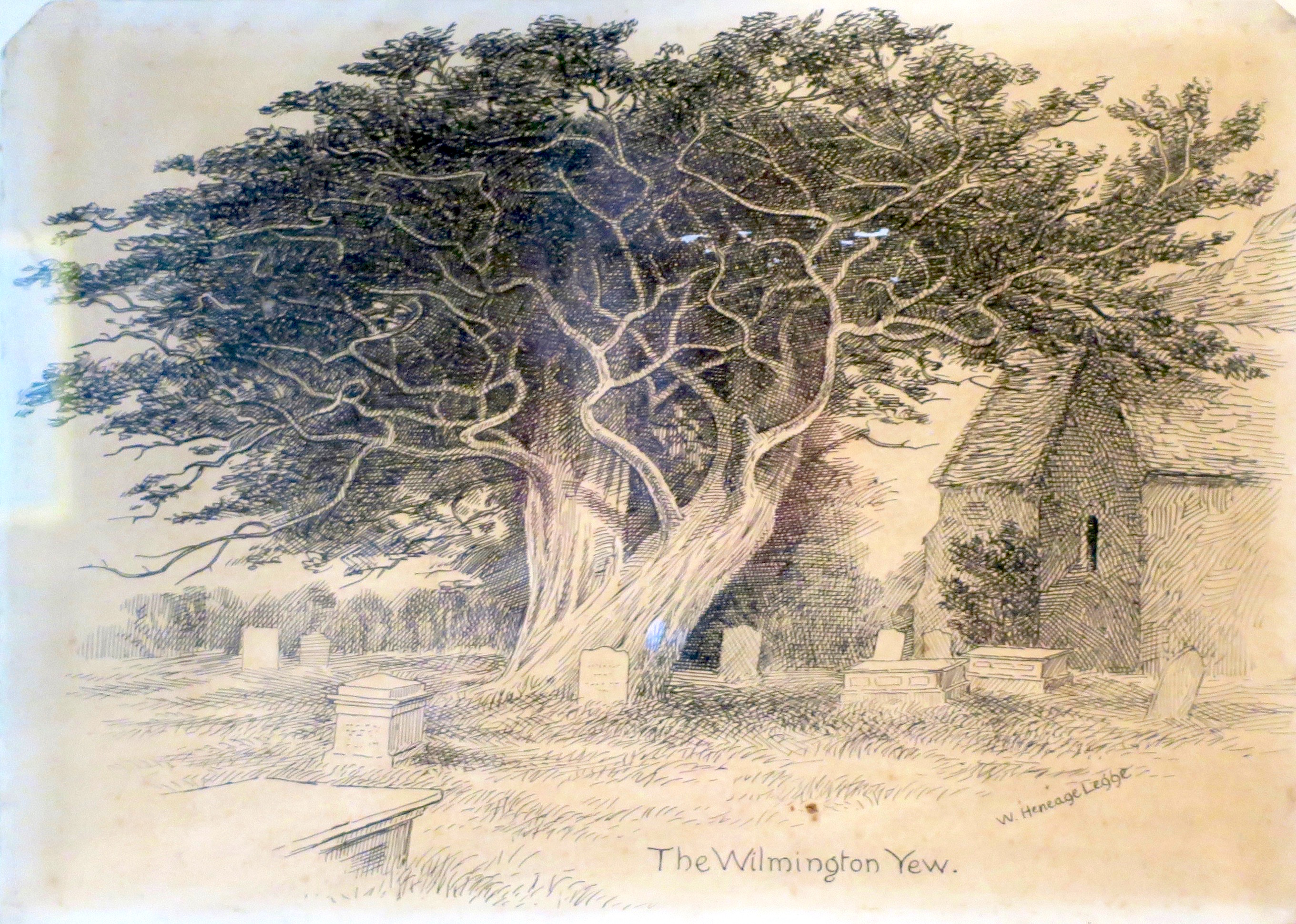
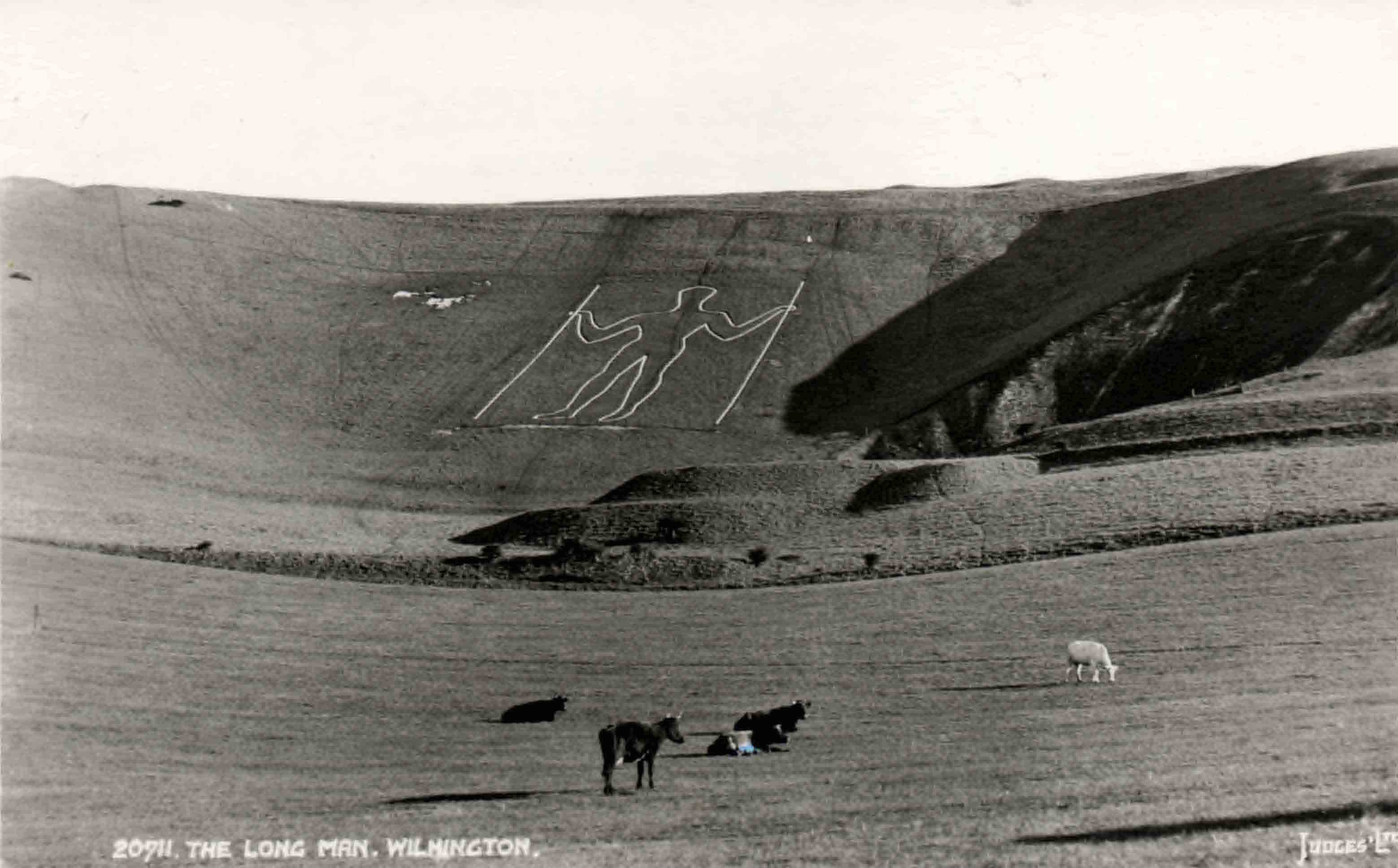
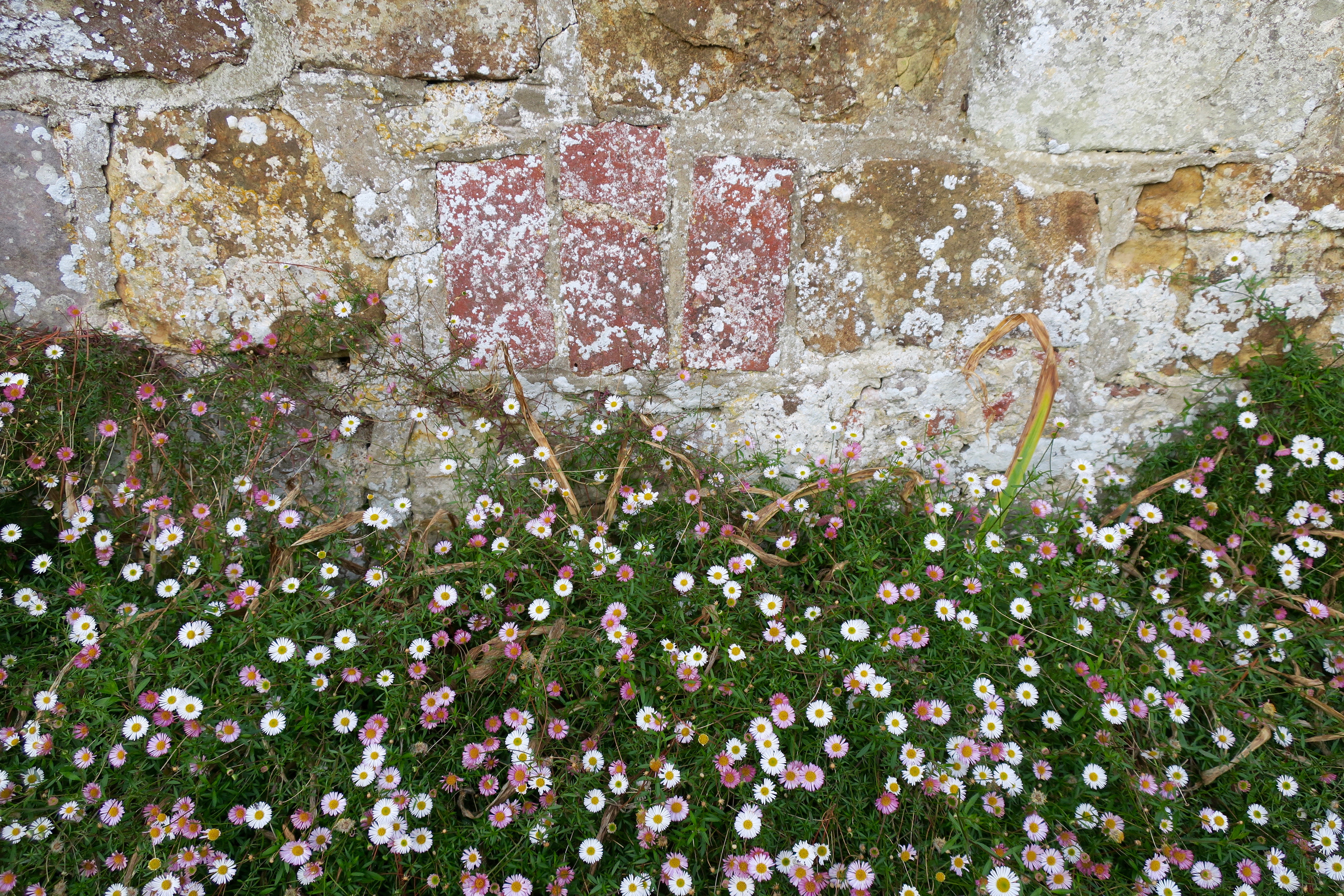

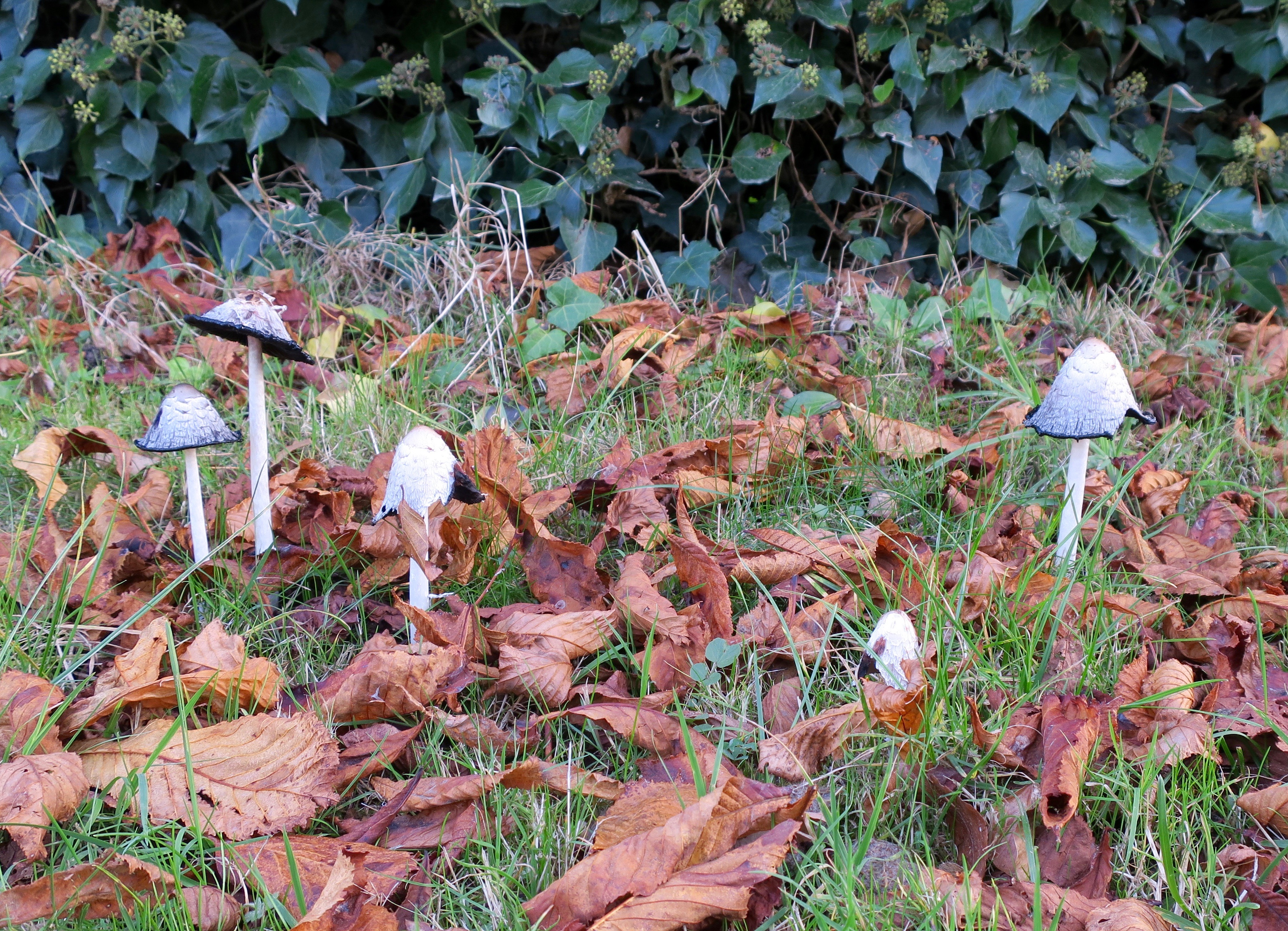
Lovely post for a Monday morning, bursting with beauty & interesting information; particularly like learning the Clergy House was a first for the National Trust with its early concrete floor and inspiring oak leaf carving. Susie X
Thanks Susie. I’d not heard of that trick with chalk and sour milk before. We were given a free tour by a very welcoming attendant. She told us the house was rescued by Octavia Hill who also saved Parliament Hill for Londoners.
Thanks for another beautiful and informative post. The church reminded me of another St Michael and all Angels- that in Copford, Essex. A medieval Parish church that was greatly altered by the Victorians with the usual addition of an organ. The church is full of medieval wall paintings and staggeringly beautiful decorations. http://copfordchurch.org.uk/
The other association I had when reading your post was that Cressida Bell, Vanessa Bell’s granddaughter, is opening her studio to the public during next weekend, 26-27th November. http://www.cressidabell.co.uk/ Together with other studios such as Designed in Dalston http://www.designedindalston.co.uk/blogs/events/open-studio-in-dalston and The Chocolate Factory http://www.chocolatefactoryn16.com/
I’m intrigued! Copford church sounds great. Thanks for the recommendation. Perhaps we should take a walk around there.
And many thanks for the links too. Your open studio sounds inviting.
Thanks Chris for a great post. I’ve always wanted to see Charleston farmhouse and now St. Michael and All Angels has been added to the list. It looks like another car rental is in the works when we’re in London next October.
Paula
There’s lots to see down here. Lewes and Ditchling are full of treasures and there are great walks along the South Downs Way. You might also enjoy Farley Farm House. Watch this space for more on Charleston Farmhouse.